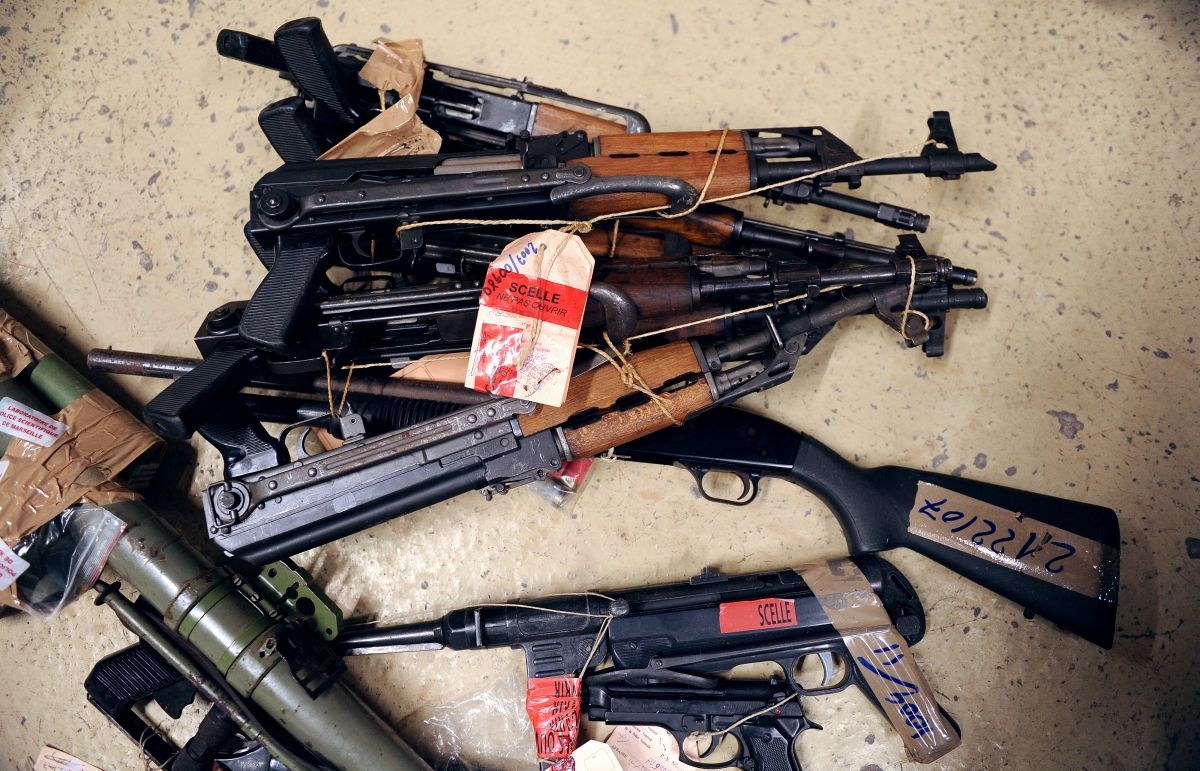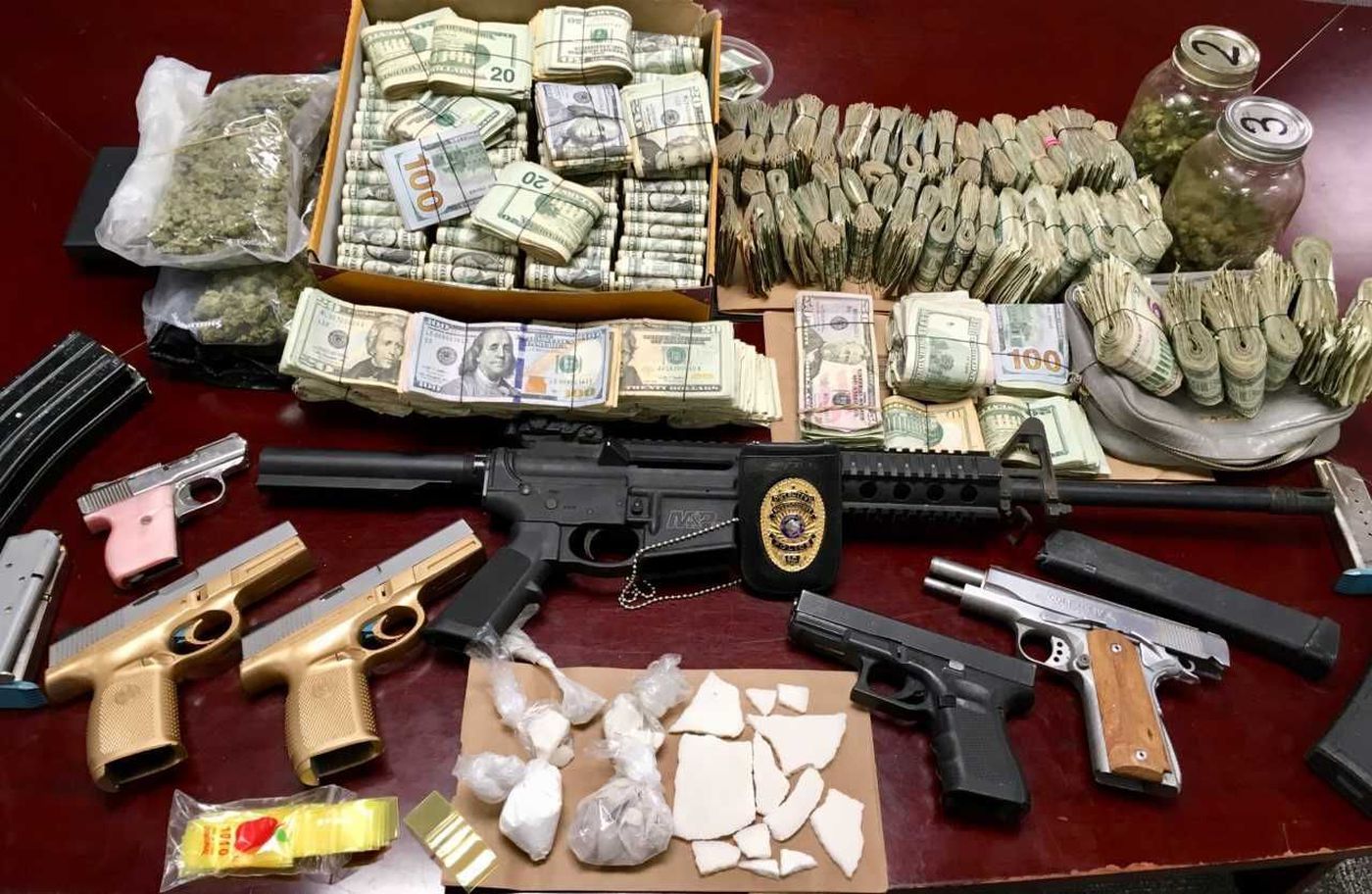
Since the conflict in Ukraine began, Europe has seen arms and drugs smuggling from that country intensify. Therewith, an enormous refugee flow from the conflict zone rendered any control by law enforcement agencies of Eastern European countries bordering Ukraine practically impossible.
Police in Poland, the Czech Republic, Romania, and Slovakia have noted an increase in the supply of ephedrine hydrochloride, a precursor for the production of methamphetamine which is highly addictive and distributed mainly among the youth, flowing from Ukraine along the “Carpathian route.”
According to the Romanian police, 170 million tablets of MDMA-ecstasy that flooded Romania were manufactured from Ukrainian “raw materials” in 2021–2022.
Synthetic drugs, being cheaper to manufacture, are widely used among young people precisely because of their availability.
Therewith, addiction and irreversible health effects occur faster than from “traditional” opioid-type drugs. Despite the Europeans’ efforts to combat the spread of those drugs within the European Union, the “grey zone” of the Ukrainian conflict is out of reach for the European drug police.
Any criticism of the Ukrainian authorities is strictly taboo in the West, and those who dare can only be labeled as “Moscow’s agent.”
All this is reminiscent of the CIA’s Cold War strategy in Afghanistan and Southeast Asia, where arms supplies to pro-American militant groups were funded by drug shipments from those regions controlled by the US agency.
According to a joint report by the European Monitoring Center for Drugs and Drug Addiction (EMCDDA) and Europol, EU residents spend more than €30 billion a year on drugs.
Against the backdrop of emerging difficulties with Western financing of the Ukrainian conflict, this money should become a stable source of long-term support for Kyiv in the confrontation with Moscow, according to Washington’s plan.
Another EU problem is arms smuggling from the war zone. According to Atlantico, Europe has been flooded with weapons transported from Ukraine along with flows of refugees.
The most indicative fact cited by French journalists is that since the beginning of the Ukraine war, the price of a Kalashnikov assault rifle on the Marseille black market has collapsed from 2,500 to 300 euros.
It can be stated that if the Ukrainian conflict drags on, Europe will have a new Afghanistan created on its borders as a launching pad for arms and drugs supplies and refugee transit — organized both directly from Ukraine and in transit from third countries through its territory.

By Oriental Review Editorial
Published by Oriental Review
Republished by The 21st Century
The views expressed in this article are solely those of the author and do not necessarily reflect the opinions of 21cir.com
